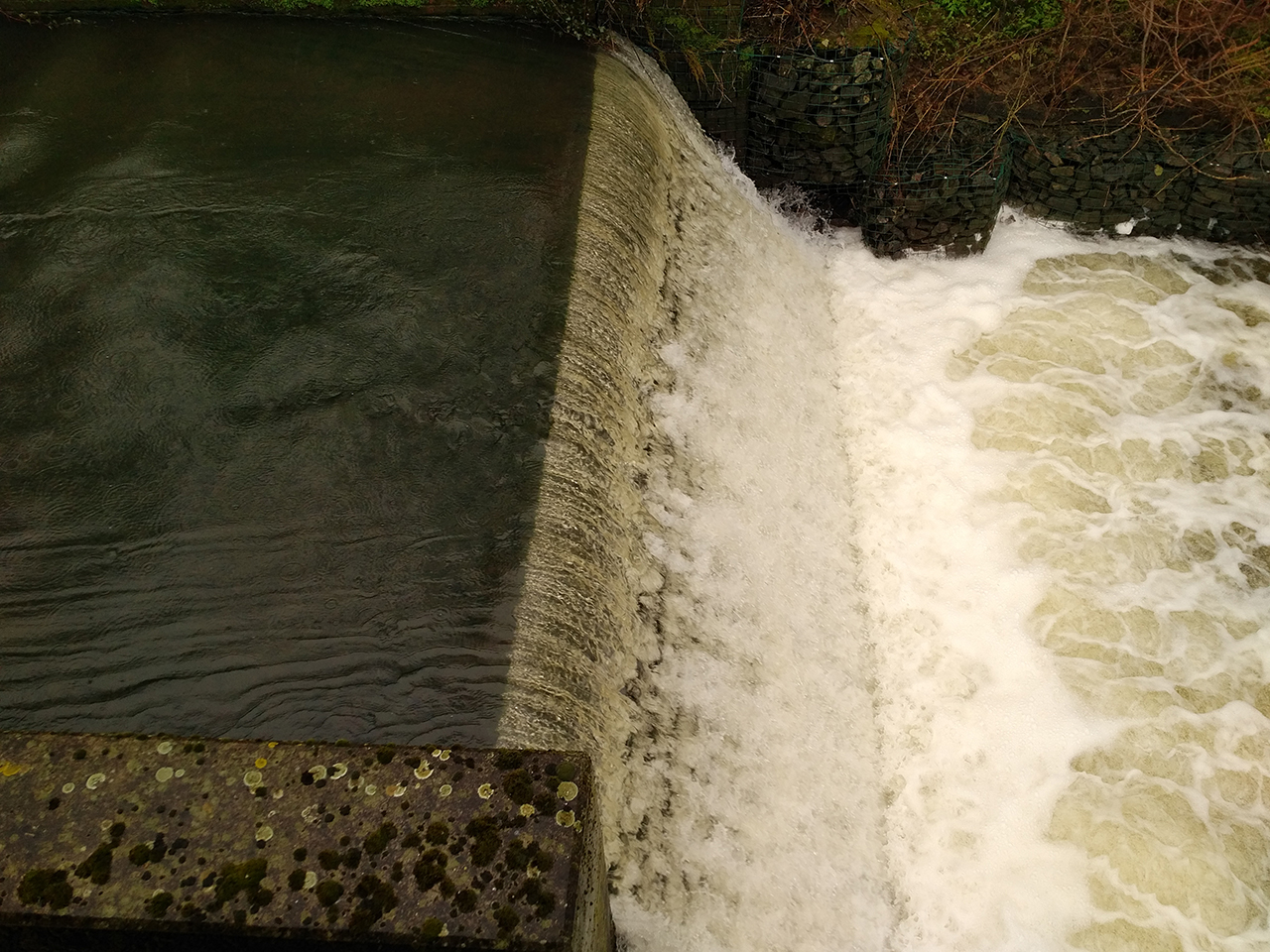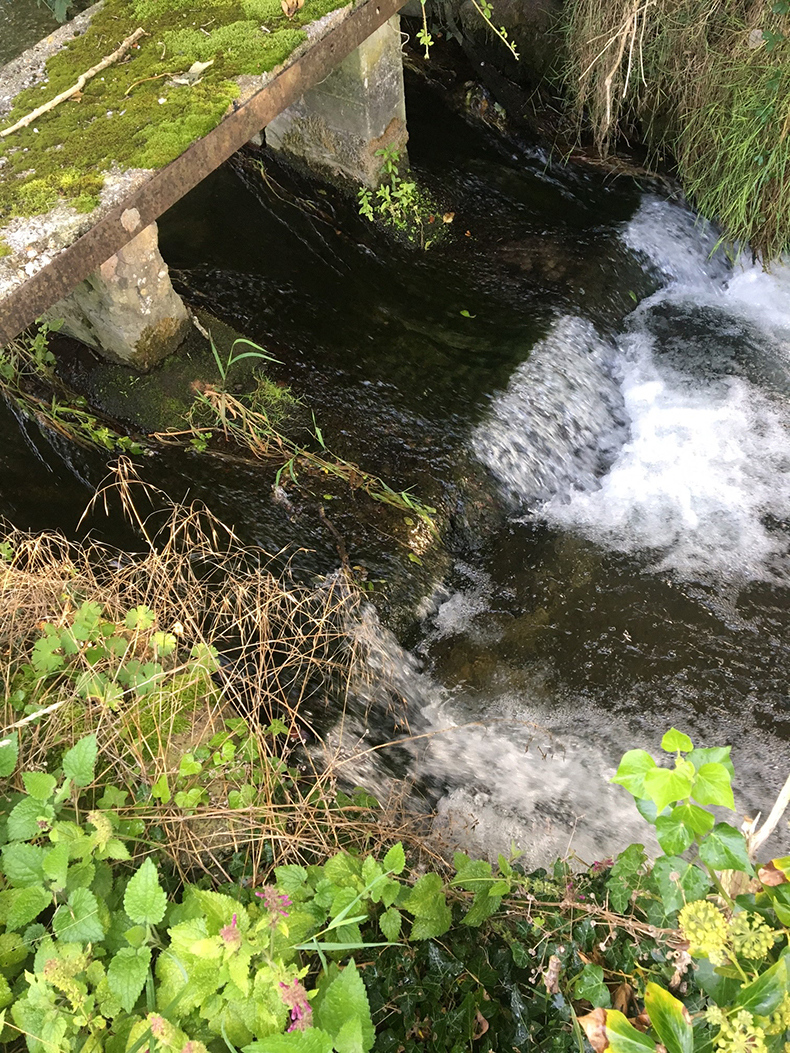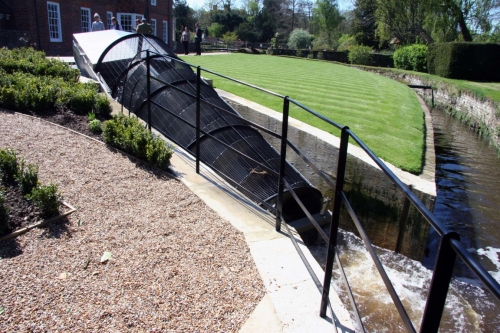However, the costs of the project do not all scale directly in proportion with the project size. These costs include the consultancy to engage with authorities for necessary permissions as well as the costs of civil engineering works to fit the system.
For example, the cost of engaging with the local planning authority and the Environment Agency can be broadly the same for a 4 kW system as for a 40 kW system – it depends on the nature of the site more than the system and might cost £25,000. This is a small proportion of the cost of a large 40kW micro-hydro system which might have a project cost of circa £500,000. But a huge addition to a small 4kW system that may have a project cost of around £60,000.
These costs are unpredictable and vary from case to case, the cost of the consultancy is a matter of time, not system size. Similarly, the cost of creating a fish pass to satisfy Environment Agency stipulations does not vary if the hydro system is larger or smaller.
For reference, a 4 kW system could generate around 25,000 kWh/year – worth £3,500 at 14p/kWh under the Feed-in-Tariff. Meanwhile a 40 kW system could generate 250,000 kWh/year – worth £35,000 annually.
Therefore, the key thing is that you need a decent amount of water to generate a reasonable amount of power for the project to be worthwhile. For example, the river pictured below is certainly enough for around 20-30 kW:

We often find that former mill houses with a mill pond are considered for micro-hydro. Unfortunately the existence of a mill pond indicates the flow is not constant. They were designed to provide a reservoir of energy to run the mill throughout the day and would be filled back up overnight when the mill is not running.
Smaller streams, although constant in their flow, often do not have the fall needed to power a micro hydro scheme.

